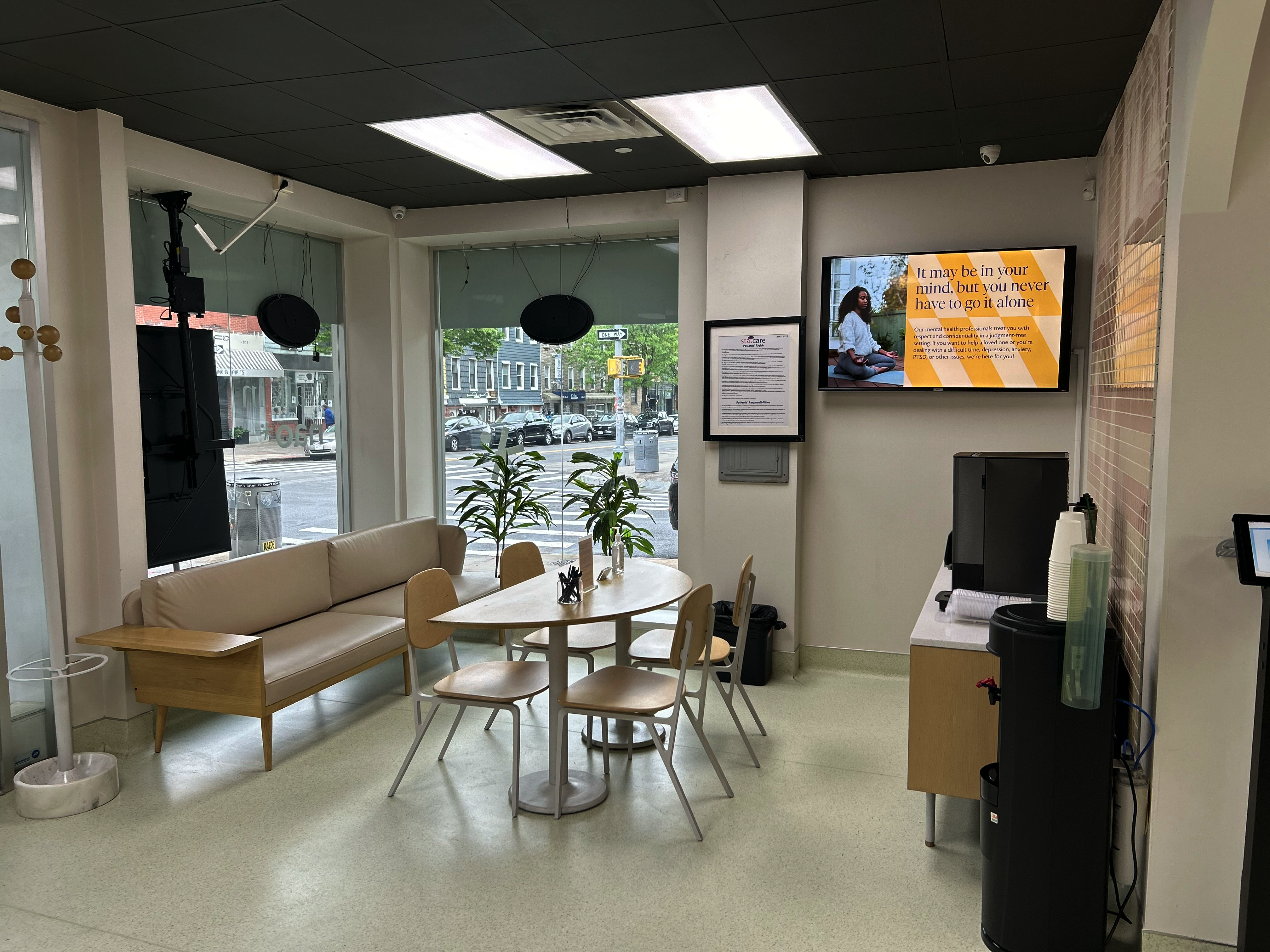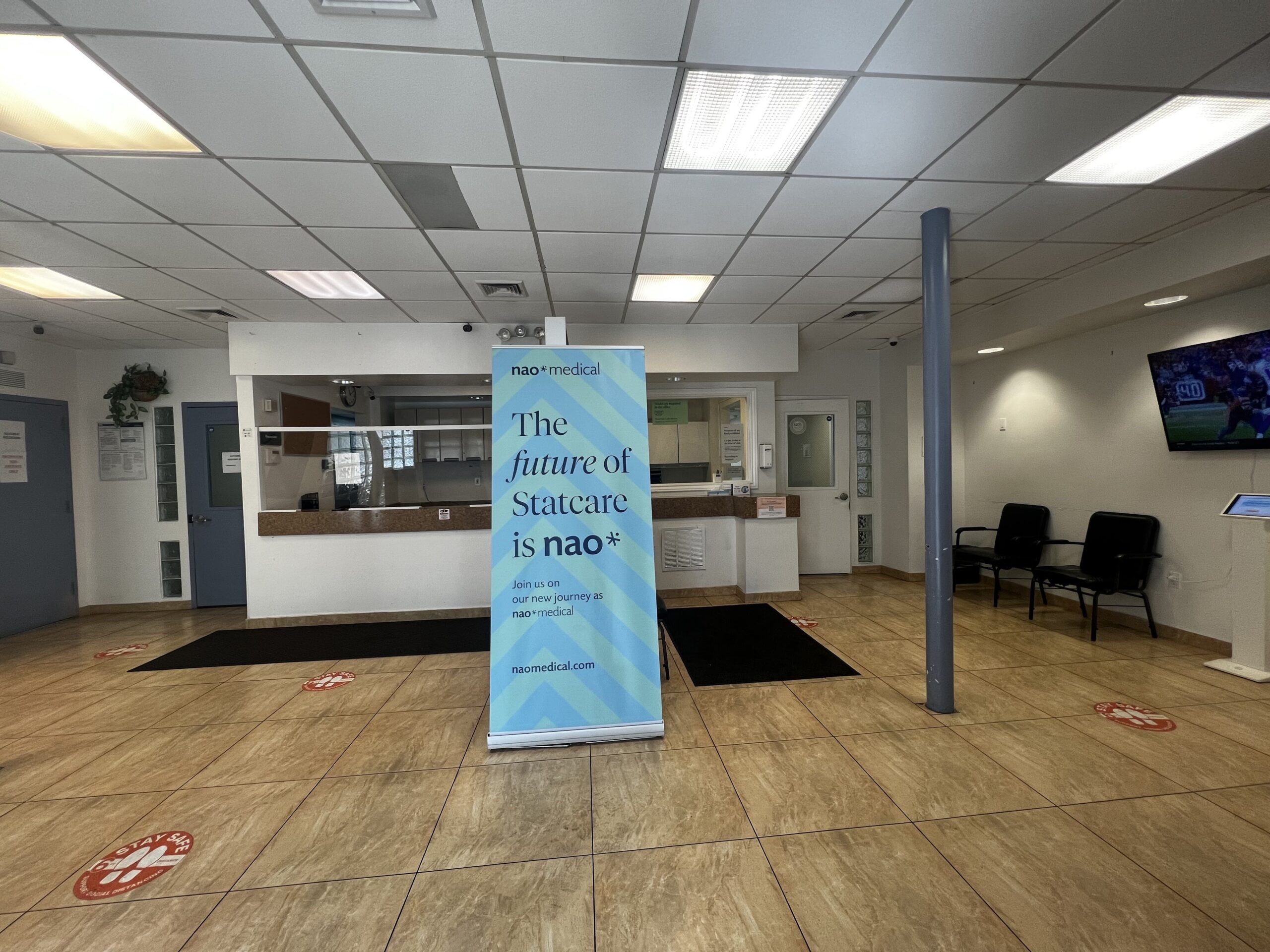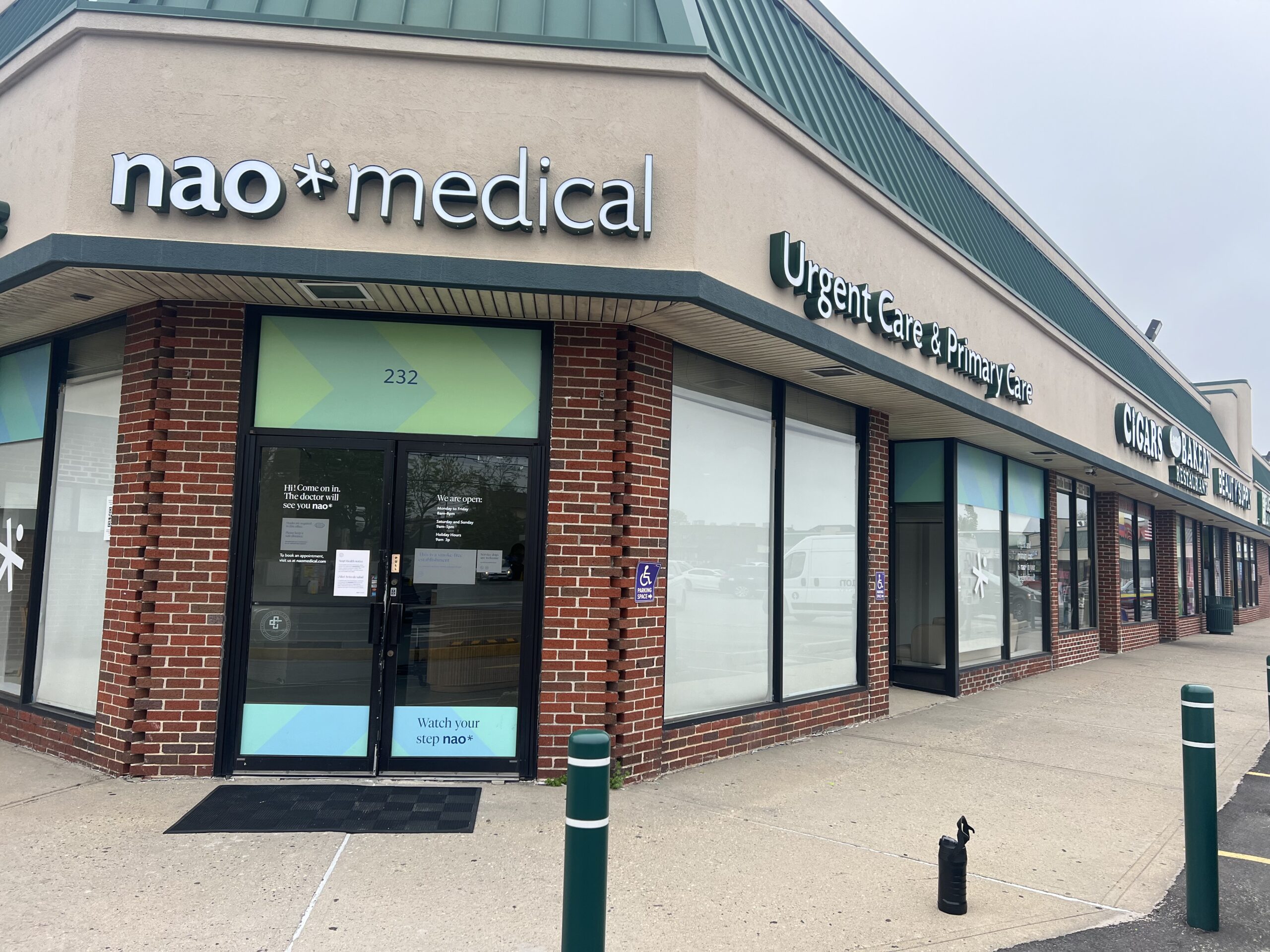- Allergies
- Asthma
- COVID
- Diabetes
- Diet / Nutrition
- DOT / CDL Medical exam
- General
- Geriatrics
- Health and Wellness
- Immigration
- Medications
- Mental health
- Monkeypox
- Pediatric care
- Physical exam
- Polio
- Primary Care
- Pulmonology
- STD
- TB / PPD Test
- Travel clinic
- Trending
- Uncategorized
- Urgent care
- UTI
- Vaccines
- Women's Health
Endometriosis: Types, causes, symptoms, and diagnoses
Endometriosis is a common yet complex condition that affects individuals who menstruate. Let’s talk about endo types, causes, symptoms, and diagnoses.
Learning about endometriosis is crucial because it’s a widespread and serious condition. However, although common, it’s often not diagnosed immediately and not treated as it should. This often leads to prolonged discomfort and potential long-term health consequences.
Having a good understanding of this medical condition can help reduce the stigma surrounding it. It can also help speed up an accurate diagnosis, and pave the way for experts to come up with effective treatment options.
Endometriosis awareness can also provide patients with a sense of validation, support, and empowerment. These help them better manage their symptoms and live a more fulfilling life.
What is Endometriosis?
Endometrium is the inner lining of the uterus. It builds up in layers and falls away and out of your body during menstruation. Endometriosis or Endo is a condition in which this tissue grows outside of the uterus instead. It may grow on the ovaries, fallopian tubes, bladder, or bowel.
Endometrial tissue still responds to hormonal changes in the body. So, during your menstrual cycle, it would still break apart and fall away. However, there’s nowhere for it to go and surrounding areas will get inflamed and swollen. As a result, it may cause pain and heavy bleeding.
Endometriosis types vary based on the location and extent of the tissue growth.
- Superficial peritoneal endometriosis: This is the most common form. This is when the endometrial tissue implants on the thin tissue that lines the pelvis.
- Ovarian endometriomas: Cysts form on the ovaries due to endometrial tissue growth. They can vary in size and cause pain and discomfort.
- Deep infiltrating endometriosis: Endometrial tissue is in the bowel, bladder, or uterosacral ligaments.
- Adenomyosis: Endometrial tissue grows within the muscle wall of the uterus.
- Extra-pelvic endometriosis: This is a rare form of endo. It occurs when endometrial tissue grows outside of the pelvic area, such as in the lungs or brain.
Endometriosis causes
The exact cause of endo is not yet fully understood, but there are several theories on how it may develop:
- Retrograde menstruation: This occurs when menstrual blood flows back into the pelvis. This causes the endometrial tissue to implant and grows in other areas.
- Genetic factors: There’s evidence to suggest that endometriosis may run in families. Women who have family members or relatives with endo have a higher risk of developing it.
- Hormones: Estrogen stimulates the growth of endometrial tissue. Hormonal imbalances during the menstrual cycle may contribute to the development of endo.
- Immune system dysfunction: The immune system may play a role in the development of endo. When it’s not working as it should, it may not notice the endometrial tissue growing outside of the uterus.
- Environmental factors: Exposure to environmental toxins, like dioxins and PCBs, may cause endo.
Endometriosis symptoms
The symptoms of endometriosis can vary from person to person, but the most common are:
- Endometriosis can cause severe cramping and pain during menstruation. The pain is often too much for over-the-counter pain medication to relieve.
- Endometrial tissue can cause pain during or after sexual activity.
- Endometriosis can affect fertility. It can affect the release of eggs or the implantation of a fertilized egg.
- Bowel and urinary issues, such as bloating, painful urination, and irregular bowel movement.
Other symptoms may include fatigue, nausea, and heavy or irregular periods. Some people with endometriosis may have no symptoms at all.
Endometriosis diagnosis
How do doctors diagnose endometriosis? A combination of any of the following may take place during your visit:
- Your doctor will ask about symptoms, menstrual history, and family medical history.
- Your doctor may perform a pelvic exam to check for signs of tenderness or masses in the pelvic area.
- You may undergo an ultrasound or MRI scan to help identify cysts or other abnormalities.
- Laparoscopy: This is a minimally invasive surgical procedure. It allows the doctor to view the pelvic area and take a biopsy of any abnormal tissue. It’s considered the gold standard for diagnosing endometriosis.
Managing endometriosis
There are several ways to manage the symptoms and reduce the impact of the condition on daily life. Here are some tips for managing endometriosis:
Pain management
Over-the-counter pain relievers can help reduce endometriosis pain. Acetaminophen or nonsteroidal anti-inflammatory drugs (NSAIDs) are both OTC medications. If pain is severe, prescription pain medication may be necessary.
Hormone therapy
Hormone therapy includes birth control pills, progestin therapy, and Gonadotropin-releasing hormone (GnRH) agonists. These can help reduce estrogen production and slow the growth of endometrial tissue.
Surgery
Surgery may be an option in more severe cases of endometriosis. This can include laparoscopic surgery or a hysterectomy.
Exercise
Regular exercise can help manage pain, reduce stress, and improve well-being.
Diet
Some people with endometriosis find that dietary changes can help manage symptoms. This may involve increasing the intake of anti-inflammatory foods, like fruits and vegetables.
Alternative therapies
Some patients find relief from alternative therapies. Such therapies include acupuncture, physical therapy, or mindfulness practices.
Consult a healthcare provider to determine the most appropriate treatment plan for you. Additionally, ongoing management and monitoring of the condition may be necessary.
Conclusion
With research and advocacy efforts, there’s hope for a better understanding of endo. Healthcare providers are becoming more aware of the condition. Experts are developing new diagnostic tools and treatments. All these help manage endo symptoms and improve the quality of life.
Women with endometriosis should seek healthcare providers who are knowledgeable about the condition. If you suspect that you may have endo, consult a healthcare provider who specializes in it.
Disclaimer: The information presented in this article is intended for general informational purposes only and should not be considered, construed or interpreted as legal or professional advice, guidance or opinion.
Be aware that insurance plans and coverage can differ based on location, employer, and the specific policy purchased. As a healthcare consumer, it is crucial to recognize that your health insurance plan's coverage and benefits may vary from those of other plans. To gain a comprehensive understanding of the services covered and the extent of that coverage, we recommend contacting your health insurance provider directly.
The information in this article may not be relevant to your unique situation. Consumers should thoroughly review their specific health insurance plans and policies to comprehend their coverage, limitations, and responsibilities under their plan.
At our medical office, our commitment is to offer our patients the highest quality of care. We make every effort to help our patients understand their health insurance coverage, the ultimate responsibility for comprehending their coverage and any related costs lies with the patient. If you have any questions or concerns regarding your health insurance coverage, please do not hesitate to contact our office.






 (917) 310-3371
(917) 310-3371












